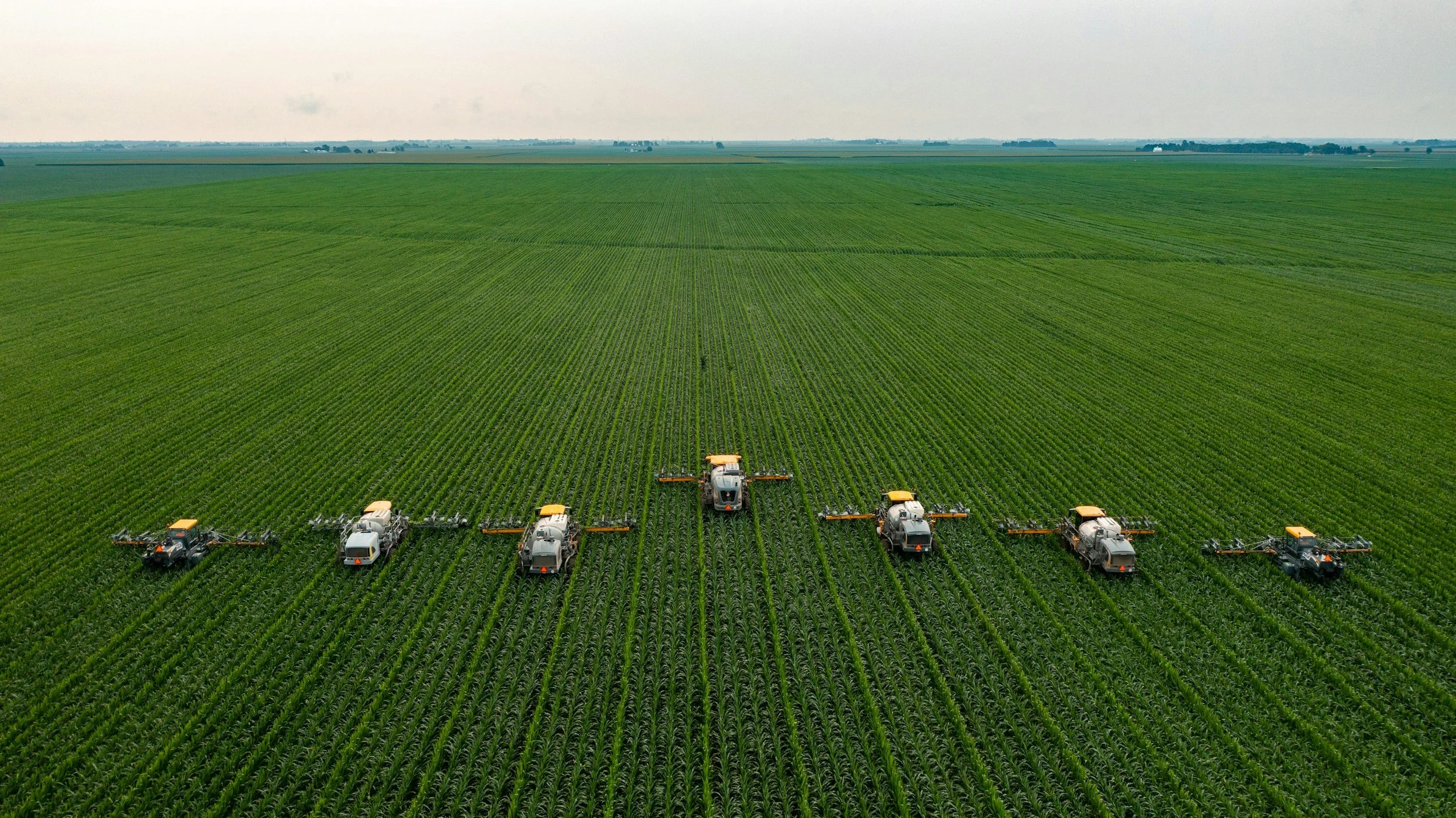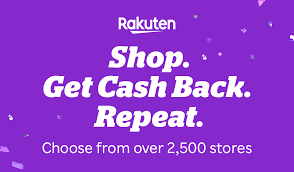Sustainability in the cocoa sector - how does tech make it possible?
/Growing and cultivating cocoa is one of the oldest human occupations, as people domesticated the trees at least 5,300 years ago. Before becoming chocolate, cocoa was used for fermented beverages or as currency.
However, things changed when production boomed due to industrialization. Numerous chocolate brands appeared on the market, introducing different levels of bitterness or sweetness, adding fruits or other unique ingredients to win over the competition.
Unfortunately, the prosperous chocolate industry became blameworthy of unethical production, lack of sustainability, and the use of harmful pesticides. On the other hand, the effects of climate change are hindering cocoa production and increasing prices, so further disruptions are forecasted.
So, in an attempt to improve things and innovate the sector, some companies push for sustainability through technology. Is this strategy efficient?
Approaching cacao agroforestry
Currently, we consume chocolate planted in cacao-tree-only lands, which is the most profitable and prosperous method of acquiring high yields. Still, soil can quickly degrade and lose its nutrients on cacao monocultures, so companies clear more land to increase space.
Therefore, cacao production is heavily linked with deforestation, which is why a sustainable cocoa wholesale business would choose to operate through agroforestry. This practice involves planting cacao trees among other crops to rebuild soil fertility. It also solves the problem of pests and diseases since the agroecosystem is replenished.
One of the most important technological implications in agroforestry is monitoring progress. Satellite mapping is recommended because it offers high-resolution imagery of the crop’s situation so farmers can take action before the trees are affected by diseases, for example.
Mapping uses artificial intelligence, machine learning, and computer vision algorithms that send farmers essential data regarding soil water, temperatures, and biomass.
Measuring carbon emissions
Cacao's carbon emissions depend heavily on deforestation and yield levels, as they tend to boom where deforestation is high and yield is low. Plant-based foods are known for triggering fewer carbon emissions, so a nuts supplier, beans retailer, or fruits and veggies source is not contributing heavily to carbon emissions.
However, things get complicated regarding cocoa because the loss of biodiversity and the release of CO2 into the atmosphere aren’t adequately tracked or addressed. Hence, technological advancements could help chocolate producers reduce their carbon emissions by leveraging a carbon sink project. The plan is to store extra carbon in the available vegetation through geoengineering.
The process is also known as carbon sequestration and involves a complex process of capturing and storing carbon to neutralize emissions. The strategy involves tracking carbon fluctuations and maintaining them at decent levels.
Employing remote farming
Remote farming is one of the latest industry developments that could help both local farmers and international businesses flourish. It could solve the problem of child labor and help struggling farmers earn more by providing them with education and laying the basic infrastructural needs for cocoa production.
Remote farming involves several technologies, such as the Internet of Things and Artificial Intelligence, through which farmers can make the most of their resources while improving the farming process.
Companies can leverage smart cameras, climate control systems, and data analytics to measure vital indicators in food planning, allowing farmers to make the best decisions while having their jobs secured. Hence, cocoa plants can grow in a controlled environment with rich soil.
Looking to innovate for the changing customer trends
The sustainability trend is still strong, with audiences seeking green alternatives for their favorite products to impact climate change positively. According to FairTrade, global consumers leveraged their buying power during the pandemic to make a difference in the chocolate sector, targeting ethical brands that might’ve been more expensive than regular products.
People are spreading awareness of the industry's effects on climate change, as well as the poor working conditions and payment of workers handling the cocoa manufacturing process, so it’s no wonder that the market for sustainable chocolate is growing.
Tapping into the future market means providing transparency over the manufacturing, supplying, and transportation processes. However, since companies are immediately discovered when greenwashing, the only choice is to innovate their processes and make the world a better place by being conscious of their impacts.
Advancing biotechnology to avoid diseases
Cocoa crops are prone to numerous diseases that have not yet found an end, especially since climate change intensifies their resistance to chemical products. For example, the swollen shoot virus is one of the most expanded and dangerous as it can kill the cacao tree within a few years, and yields decrease considerably. The disease is caused by mealybugs and has already targeted more than 200 million trees in Ghana, Nigeria, and Togo. Environmental conditions like dry weather, extreme winds, and the increase of other species in the area affect the spread of the virus, and removing it is considerably complex.
This is only one of the many challenging diseases farmers have to contain in cocoa trees, and they’re faced with the decreasing efficiency of pesticides. However, there might be one way through which these diseases would be eliminated, and that is biotechnology or breeding programs in which cacao plants are introduced with unique genomes based on three-dimensional modeling and pathogenesis analysis.
While the development stage of such technology is insignificant for now, with proper research and continuous experimentation, we might be able to create cocoa species less prone to being affected by diseases and equip them with strong genes that can withstand climate changes that increase temperatures and humidity. In the future, science and technology can blend to improve cocoa crops and yield quantities to support the high demand while not affecting people and the environment.
like this? please pin!
Do you think technology can save cocoa?
Cocoa is a crop that is crucial for world trade as it is the main ingredient of chocolate, a globally appreciated product. Still, given climate change, unethical labor, and other problems, chocolate is starting to become scarce, and communities are affected. That’s why companies should implement technical improvements to control the situation by pursuing agroforestry, remote farming, and biotechnology.
About the Author:
Cynthia Madison is a freelance writer and graphic designer passionate about traveling, cooking, and graphic novels. She was a bookworm and daydreamer in high school, which led her to a graphic design course once she graduated. She now writes articles focused on well-being and creates animations in a shabby chic apartment in her hometown, where she lives with her family and beloved dog and cat, Cliff and Kathy.
Please share your comments on this article in the comments section below! All comments containing hyperlinks will be removed.
You may also be interested in…











































Growing and cultivating cocoa is one of the oldest human occupations, as people domesticated the trees at least 5,300 years ago. Before becoming chocolate, cocoa was used for fermented beverages or as currency.